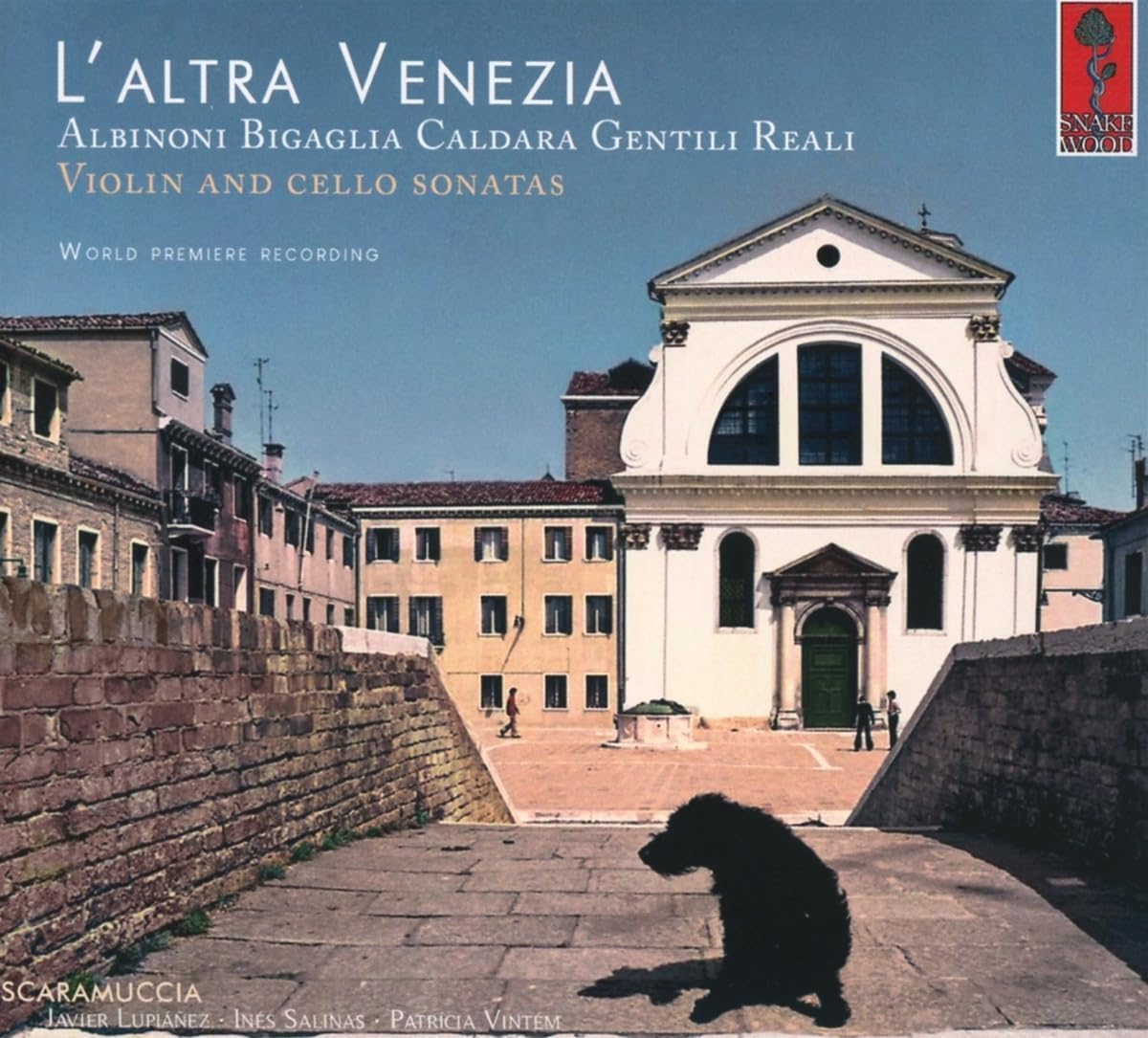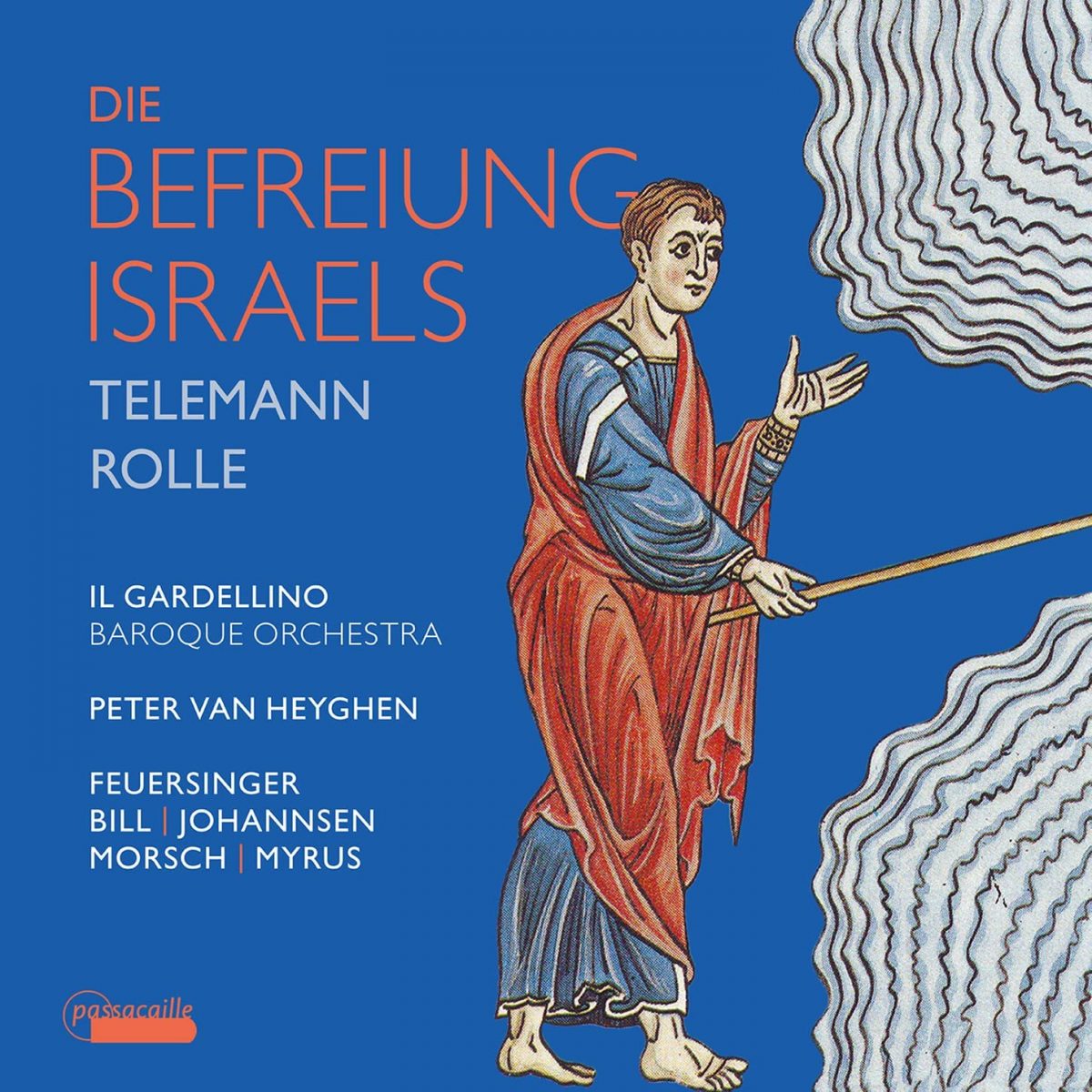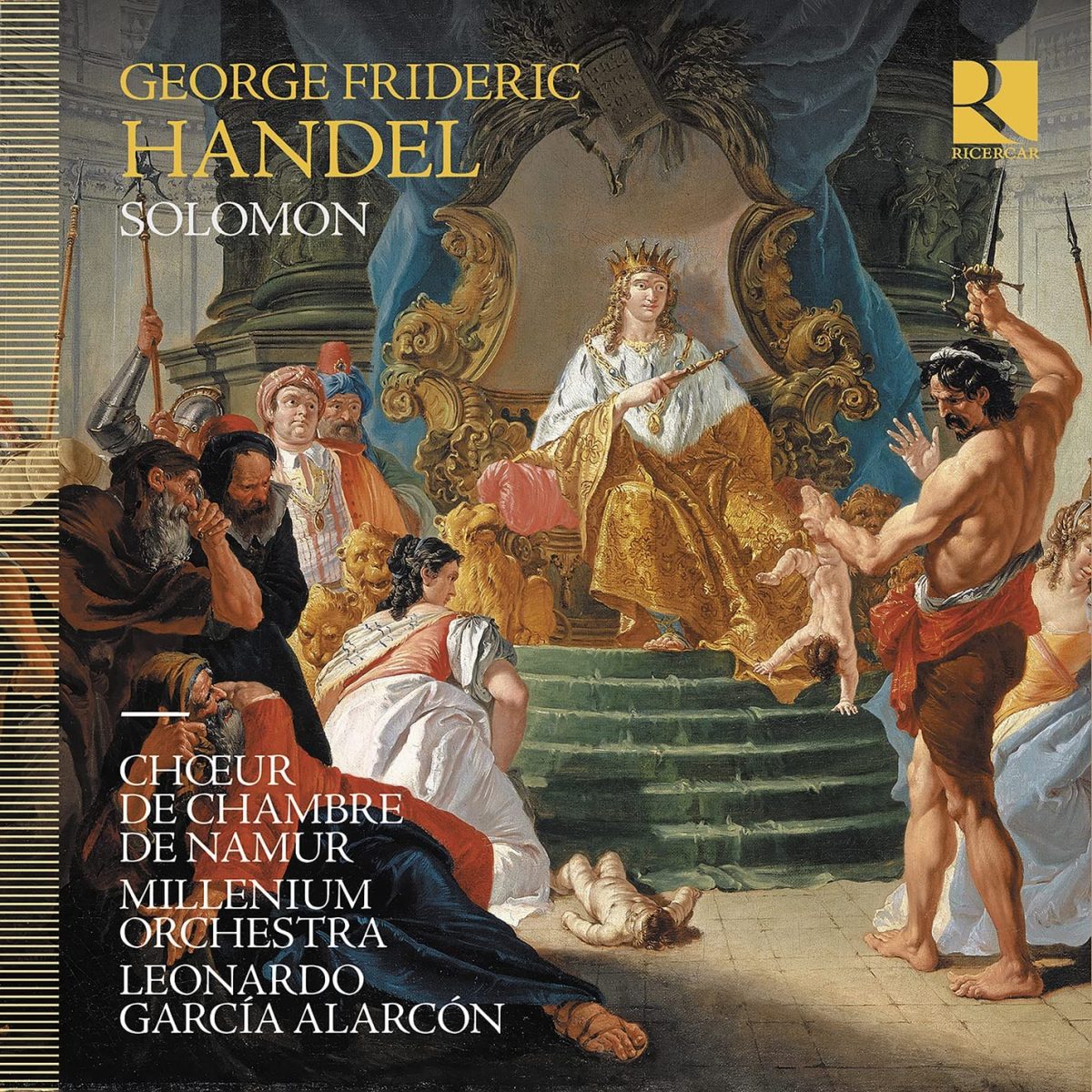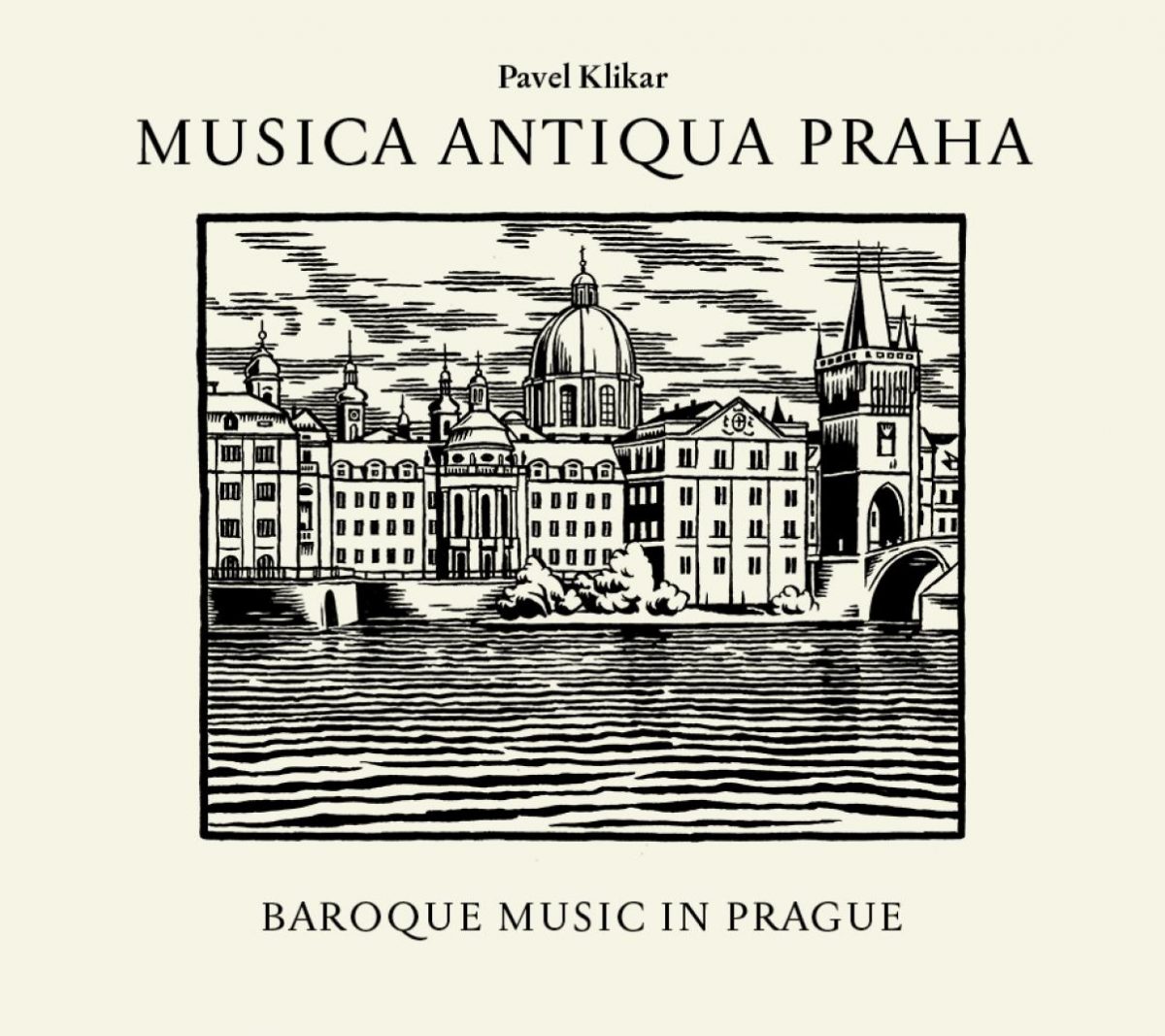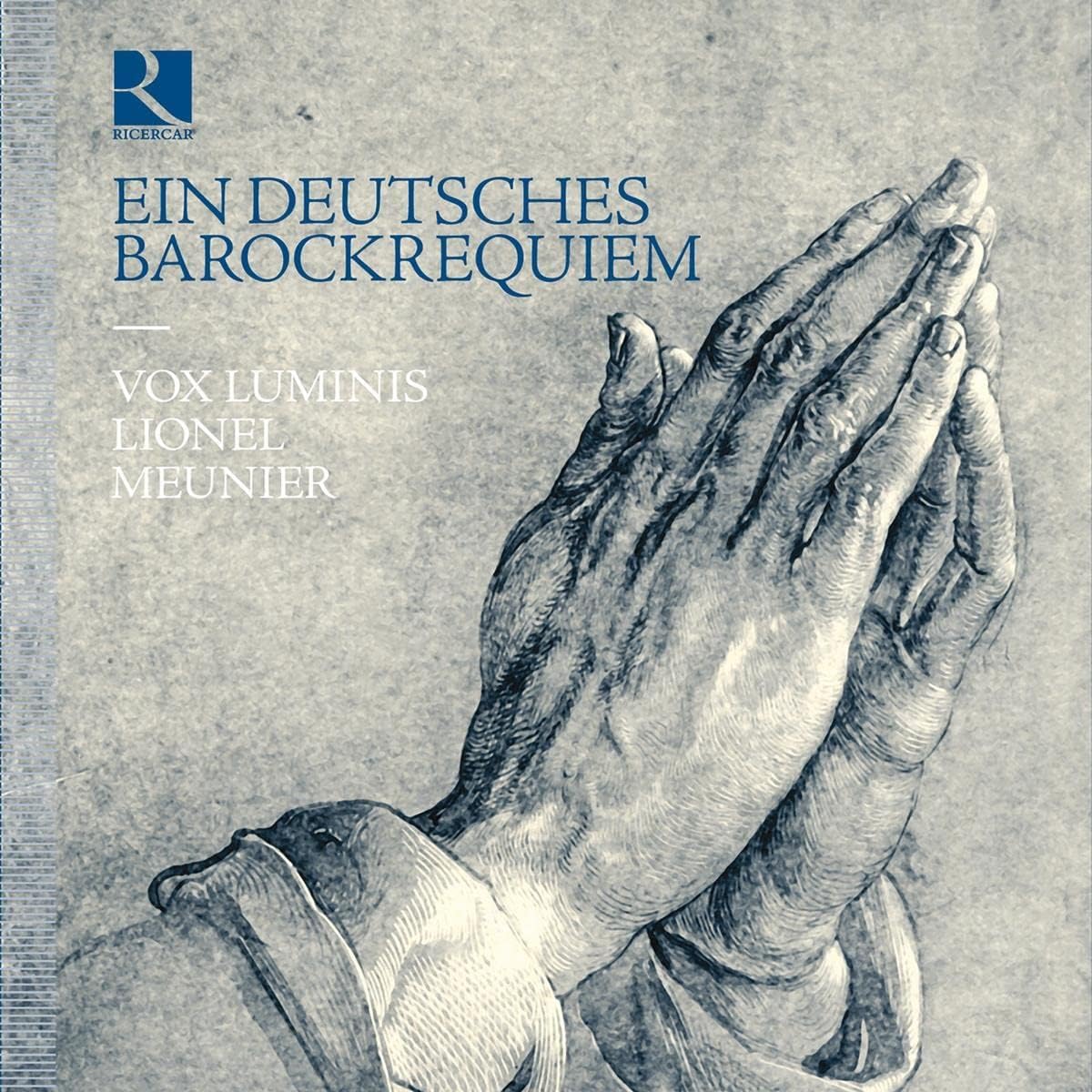Bach: The Art of Fugue
New Collegium, Claudio Ribeiro
73:56
Ramée RAM2208
There are essentially two schools of thought about how to perform the Art of Fugue – provided you discount the ultra-purist view that says you should not perform this Last Will and Testament – only read it! The first seeks to minimise the different character of the numbers by using the same scoring, as in those versions performed by a single player on keyboard instruments like the Régis Allard version on the Aubertin organ in Saint-Louis-en-I’lle in Paris in 2005 or Vincent Groppy at St Benoît-sur-Loire in 2018 or those performed by a single group of instruments, like Fretwork’s classic version recorded in 2001 on viols or Brecon Baroque’s from 2015 on period strings and harpsichord. And the second, like this version by Claudio Ribeiro, which seeks to underline the differences in style using the autograph’s last version and presenting the character of each fugue or canon with a wide variety of instrumental scoring, using winds as well as strings and harpsichord, and even the more old-style cornetto and trombones.
Under the title of LEMNISCATE, that figure of eight shape that I think of as a symbol for infinity, and with a striking cover image of a richly engraved and inlaid calculating machine of 1735 by Anton Braun and Philippe Vayringe to illustrate the complex interweaving nature of the canons and fugues that make up this complex summary of Bach’s contrapuntal genius, the group embarks on a novel presentation of this amazing music.
Starting with a sober, conventional account of Contrapunctus 1 played on a harpsichord, the group branch out in a variety of scoring to colour the various forms, giving titles to a number of the pieces to heighten their character: 1080/5 is headed ‘In Stile Antico’, scored for trombones and cornetto alongside strings and 1080/9 ‘Spiritoso’ with a high recorder and harpsichord joining strings in a concerto-like movement; 1080/10a entitled ‘Es ist ein Ros entsprungen’ uses a treble recorder, ‘cello and harpsichord to create a more contemplative feel; the oboe and traverso join the strings for the dotted Ouverture-like 1080/6 and we are back with more restrained string-playing for 1080/7 – ‘Memoria’. The most striking beginning is the opening of 1080/13,1 scored for oboe and recorder with harpsichord and its twin 1080/13,2 – a model for imaginative balance.
This process plays out most successfully in the final fugues 1080/18.1 & 2, where pairs of instruments decorate the harpsichord – first violin and violoncello, then flute and viol – in the style of Pièces de clavecin en concert. And the final great triple fugue begins with the cornetto and trombones, overlapping with and yielding to the strings and then the woodwind. The brass return with the BACH theme: this is a splendid climax which leaves us hanging in the air just when we imagine this music might go on forever. . .
The players are excellent – adopting a series of different personae easily as the music demands unfolding characterisation. Altogether I was entirely seduced by the colour, clarity and novelty they brought to this extraordinary music, and while I remain wedded to both Fretwork’s and Rachel Podger’s versions, I enjoyed this imaginative performance greatly.
David Stancliffe

